Key takeaways:
- Finding the perfect sized light will ensure you use it.
- Make sure your EDC flashlight can cover all your illumination needs.
- There are many different flashlight batteries out there, pick the power source best for you.
- If your EDC flashlight controls feel clunky or unintuitive, you wont use it.
- Having different carry options opens up your opportunities to carry and use your flashlight.
“What makes a good EDC flashlight?”
A wide range of flashlights these days are marketed as everyday carry flashlights, you may find yourself wondering what makes the difference between a good and bad EDC flashlight. Have no fear, we've put together this everyday carry flashlight guide to help!
Although personal preferences run the gamut, there are some things the better everyday carry flashlights have in common. We’ve put together our list of 5 things to look for in a good EDC flashlight to help you navigate the jungle of options.
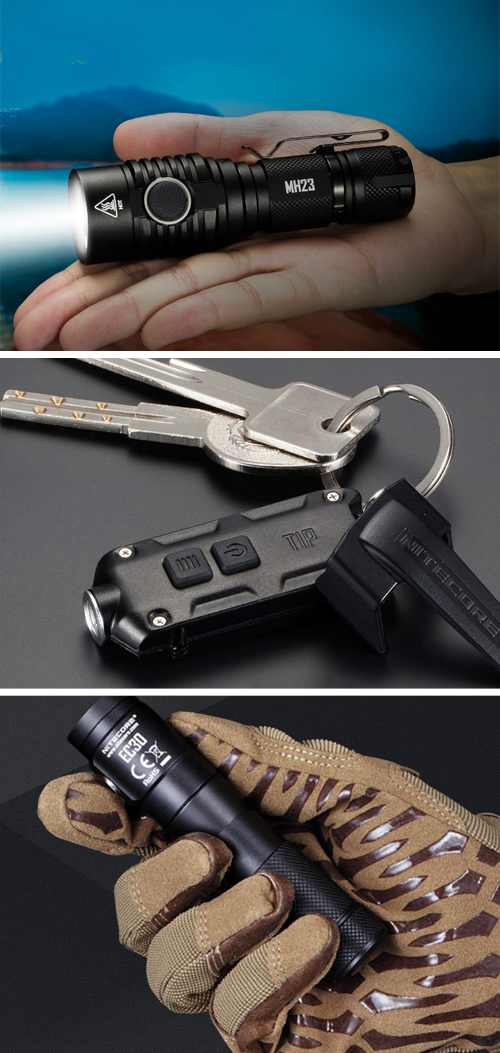
#1: Size
If you’re going to add or change your everyday carry flashlight, you want it to be something you can keep in your pocket, bag or even on a keychain. The main thing is portability and easy access. Otherwise, what’s the point?
You want to aim for an EDC flashlight that fits comfortably in the palm of your hand, with buttons that are easily accessible. For those of you with larger hands, super small keychain flashlights like the NITECORE TINI may not be for you, but slightly larger flashlights like the MH10 v2, MH12 v2, or the E4k will be right up your alley.
Size has a big impact on output and throw, with larger lights generally out performing smaller ones. NITECORE has done a lot to maximize run time on all our flashlights, but smaller lights means smaller batteries. It may take some trial and error to find the perfect balance of size and performance for your EDC flashlight, but we hope our everyday carry flashlight guide can help you along the way.
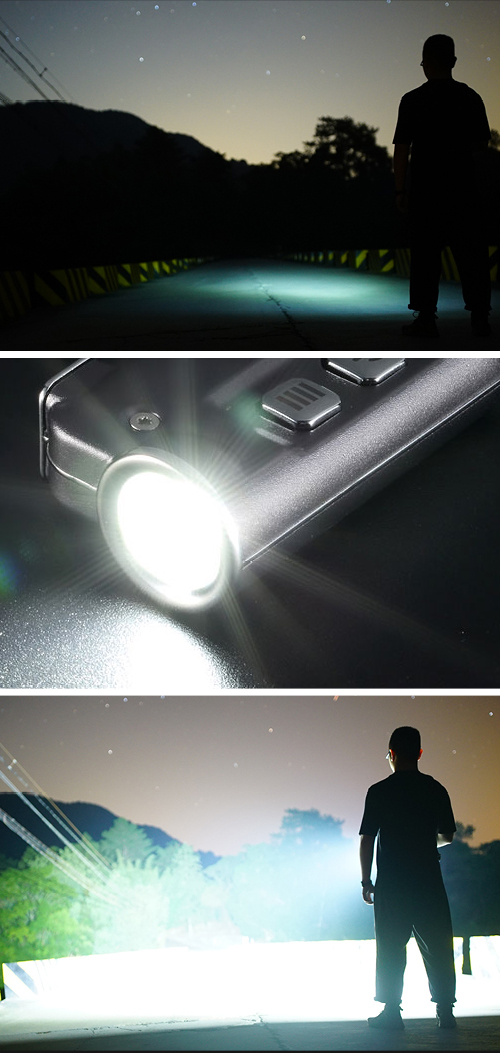
#2: Output Levels
Next stop in the everyday carry flashlight guide is output! There is huge variation in personal preference when it comes to output of your EDC flashlight. Consider what types of uses your EDC flashlight will see. If your everyday carry mostly relies on needing a small boost of light – for example, searching for a dropped item under your desk – you likely don’t need the power of 1000 lumens. If you’re a car mechanic or law enforcement officer, a brighter EDC flashlight might not only be preferable, but necessary.
So how much output is enough? For anything that’s up close – within a few yards of your body, you probably only need a few hundred lumens. Options like the TIP, TINI or MT06MD are great for these purposes. If you need to light up a bigger area or farther distance, you may want to consider a 1000 lumen or brighter flashlight. Our top picks from this range include the NITECORE EC30 and NITECORE MH12S which boasts an 1800 lumen outputs!
Many EDC lights have a large output range to cover a variety of uses, its up to you to determine what the ideal range is for yourself.
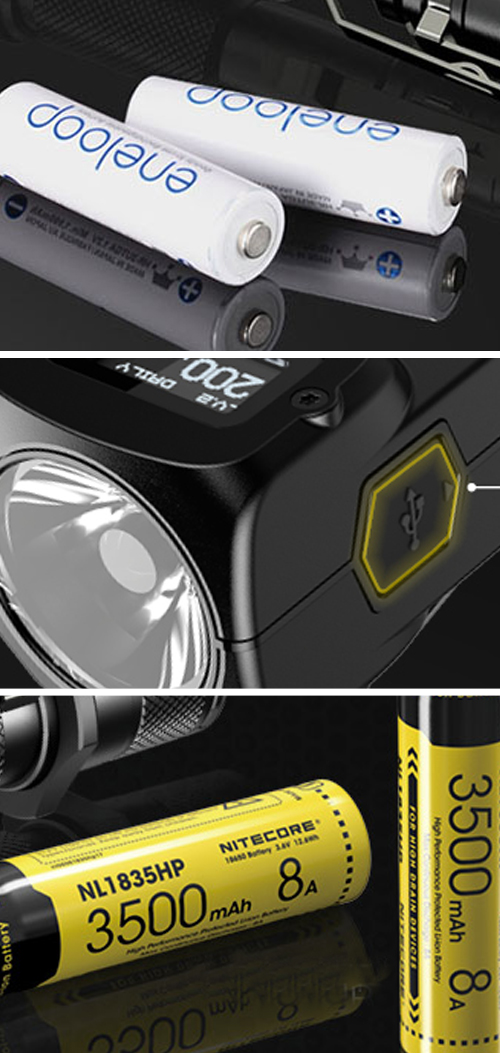
#3: Power Source
What everyday carry flashlight guide would be complete without mentioning power sources. Pick a power source you’re comfortable with. If its your first foray into the flashlight world, you may choose a AA or AAA powered EDC flashlight. Batteries for these flashlights are readily available and require very little maintenance. Some of our favorite AA and AAA lights include the MT06MD and MT20A.
Another option to keep your everyday carry simple, is built-in rechargeable flashlights. Typically charged via a USB cable, these flashlights allow you to easily recharge at home and on the go. They also help to keep your gear slim, shedding the need for an external charger. If USB charging is your thing, try the TUP or MH23.
Many lights with replaceable batteries include charging ports on the light, for fast and convenient charging, though some require an external charger. Which ever you choose, you can count on the added reliability of being able to have several batteries at your disposal. NITECORE has several bright, compact flashlights perfectly suited for everyday carry and powered by a single 18650 like the EC30 or MH12S. If your EDC flashlight needs serious power, these should be on your list.
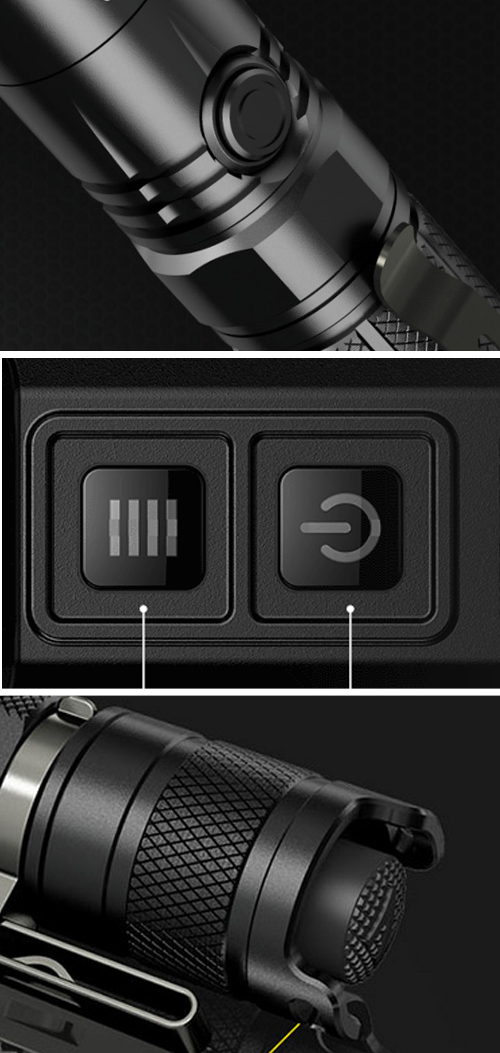
#4: Controls
Anyone who has ever accidentally blinded or burned themselves with a flashlight (raise your hand) will know how frustrating it is to have to fumble around with complicated controls. If you want to incorporate an EDC flashlight into your everyday carry, having a simple interface and controls make using your light regularly much more convenient and enjoyable.
Look for flashlights with easy access to features, direct access to highly used modes like turbo or ultralow will save you time and hassle. In the same vein, having a flashlight with memory will ensure your EDC flashlight turns on to the most previously used mode. Some flashlights even have display features that let you know how much battery and runtime left. For example, our TINI 2, which is growing constantly in popularity amongst EDC flashlights, has a display screen to let you know which output setting you are on and how much runtime is left. This is a luxury feature but definitely comes in handy if you have it.
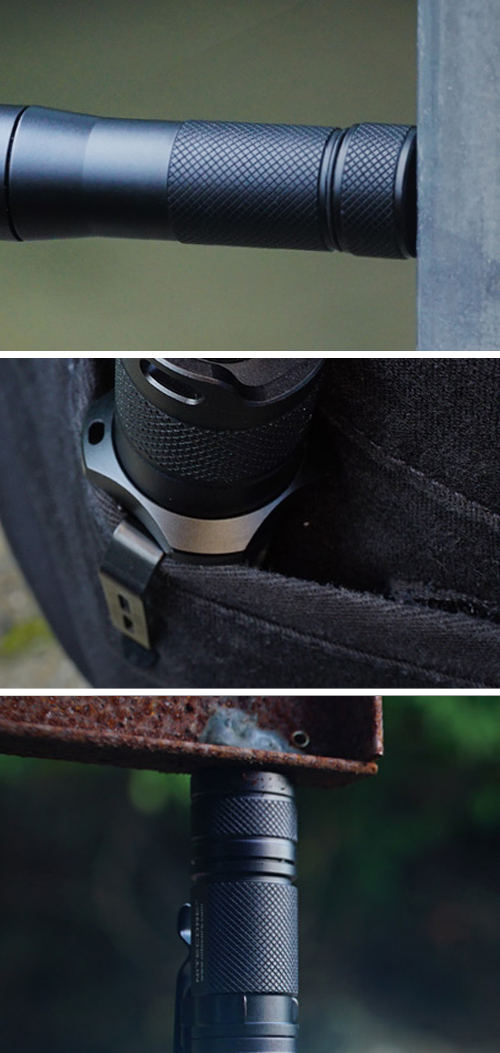
#5: Carrying Options
We’re wrapping up the everyday carry flashlight guide with carry options. Adding a flashlight to your everyday carry needs to be easy, or you wont do it! A good pocket clip not only secures your flashlight in your pocket or bag for carrying, but it can give you a way to position your beam hands-free! You’d be surprised how often the brim of a hat or shoulder strap can come in handy. Two way clips are especially useful!
Another thing to keep in mind is holster or lanyard compatibility. Sometimes you wont want to keep your light in your pocket. A belt holster or lanyard allow you to keep your EDC flashlight almost anywhere on your person, while remaining accessible.
More and more flashlights these days are incorporating a magnetic tail cap into the design. This is great way to convert your EDC flashlight into a hands-free light source, especially handy for roadside emergencies or in workshops. If this sounds like a feature you’d appreciate, try the NITECORE MT21C.

